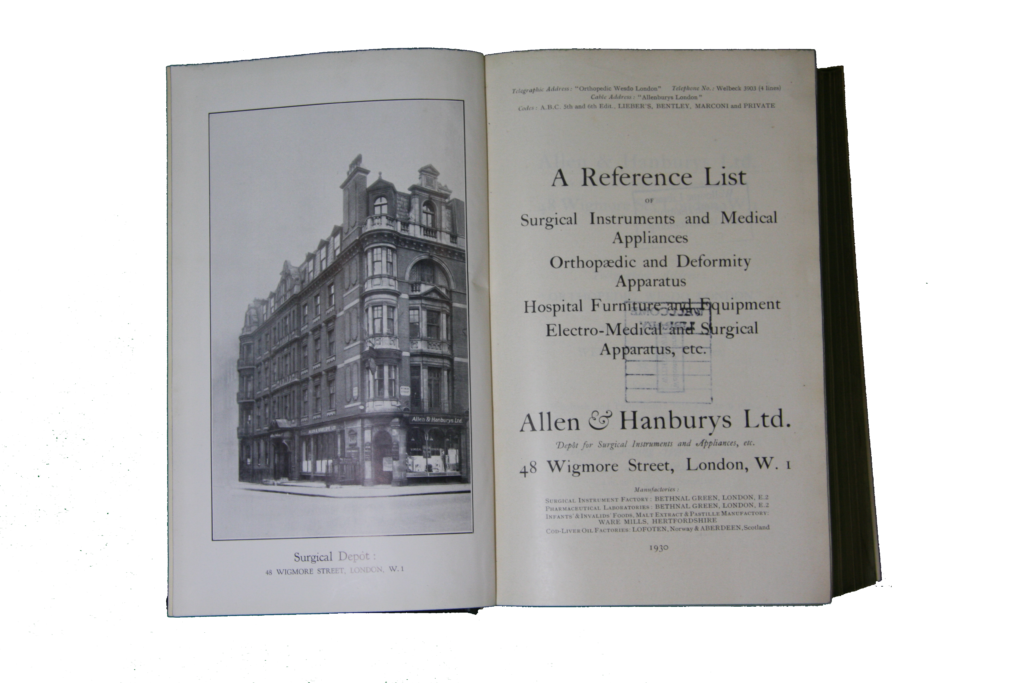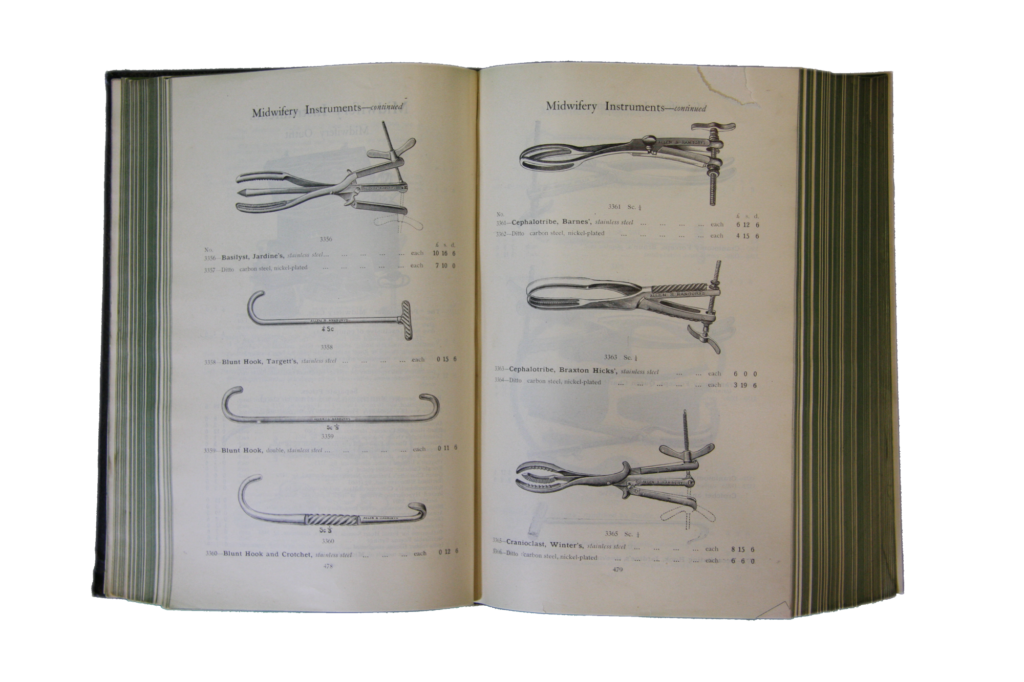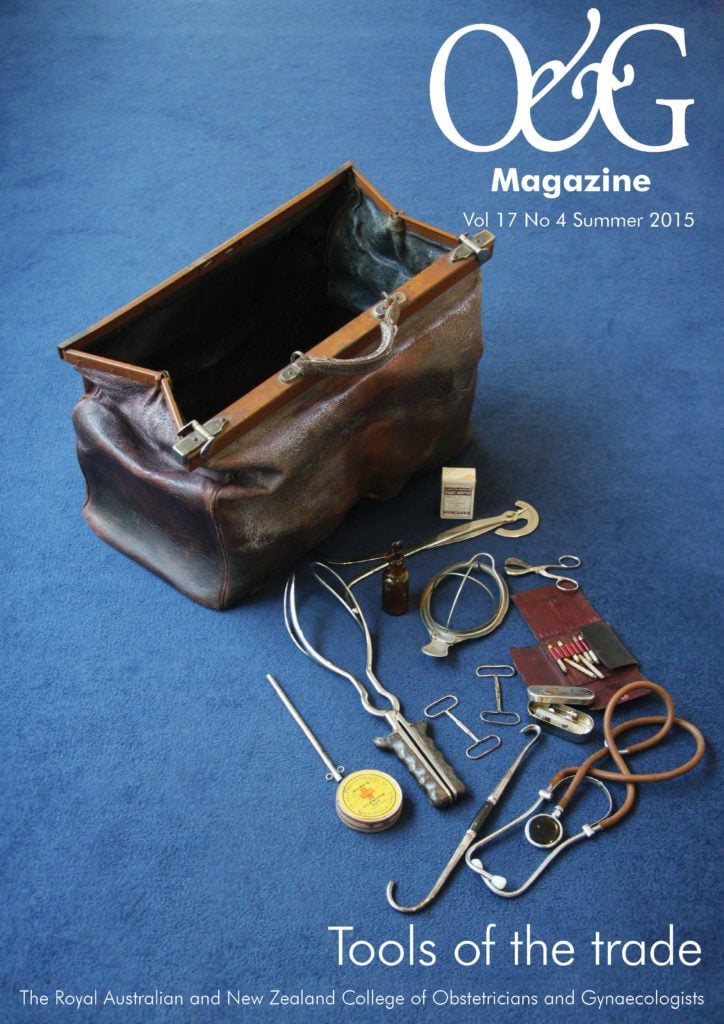There is a simple pleasure in using the right tool for the task at hand. Whether it is a sharp knife finely slicing a tomato, the smooth sweep of a well-tuned wood plane or the satisfying feel of a good needle holder as you place a suture, the proper tool makes the performance of any task safer and easier, and gives a better result. Conversely, the wrong tool, a poorly maintained one or lack of expertise in its use leads to frustration, struggle and error. Unfortunately, in medicine, the consequences of these things are more serious than an unevenly sliced tomato.
Obstetrics and gynaecology, perhaps more than most specialties, has always attracted the inventive. Medical ultrasound was pioneered by Scottish obstetrician Ian Donald, following his experiences with radar in World War Two, while gynaecologists such as Raoul Palmer, Kurt Semm and Patrick Steptoe were innovators in the early days of laparoscopic surgery. In some cases, technology has so completely transformed our specialty that it is difficult to conceive of a time without it. For many of us, obstetric practice without the ability to safely expedite delivery with forceps, vacuum or caesarean section is almost unimaginable. Today’s doctors may see the instruments of fetal destruction in the medical museums and old texts and wonder how obstetricians could bring themselves to use them, but they were life-saving at a time when our predecessors faced with a situation where saving the mother’s life was all that could be hoped to be achieved. As British novelist LP Hartley wrote in his best-known novel, The Go-Between, in 1953: ‘The past is a foreign country: they do things differently there.’
What is cutting edge today will, of course, be old school in the future and the practice of today is not an evolutionary endpoint, just our current best attempt. In this issue of O&G Magazine we highlight the current state of the tools in a wide range of areas of obstetric and surgical practice. From suture materials to cell saving technology, from inflatable devices to the impact of the internet, the range of articles reflects our quest to use all at our disposal to improve the outcomes for patients. However, as Nicole Woodrow’s article on surgical innovation demonstrates, all that glitters is not gold, and not everything that is we are doing today will stand the test of time. Some may be like Chamberlen’s forceps and still be in use with relatively minor modifications more than 300 years later while others, like Hogben’s toad test for pregnancy, will fade into history.


Pages from one of the reference books held by the College museum. Published in 1930, many obstetric instruments are shown, including a Winter’s cranioclast.






Leave a Reply